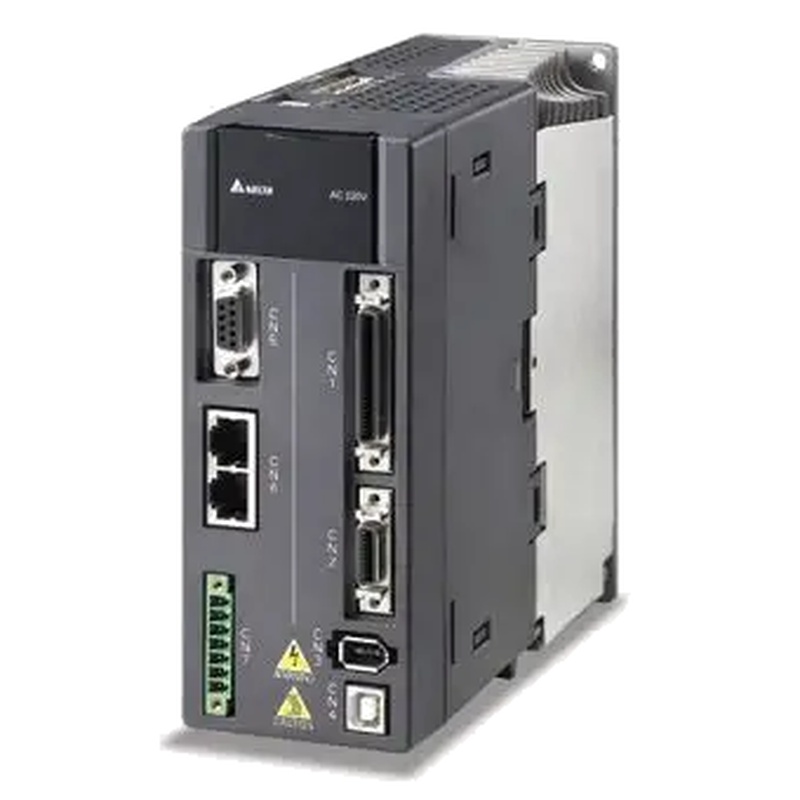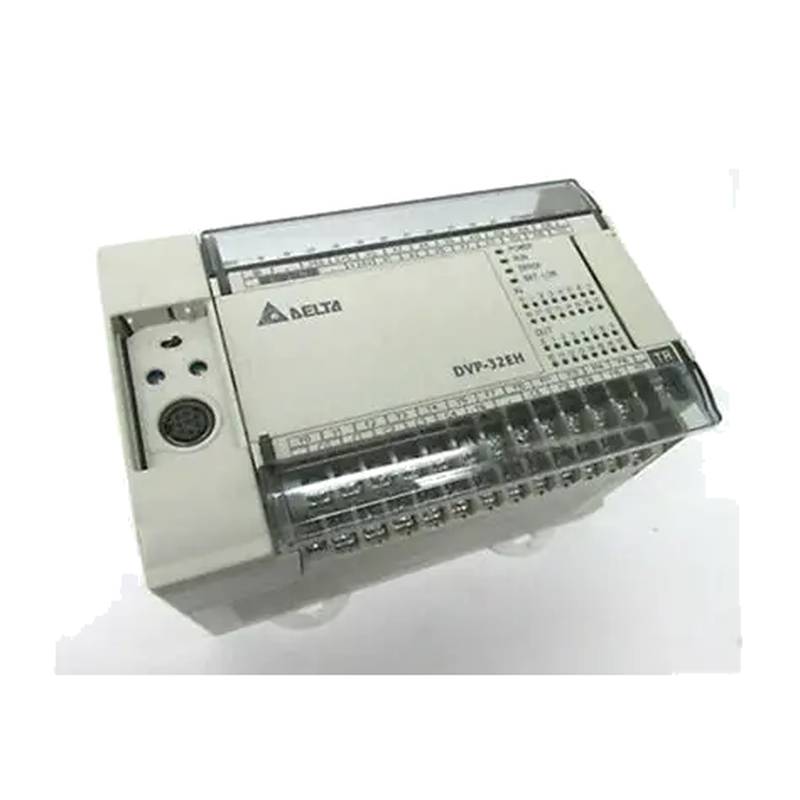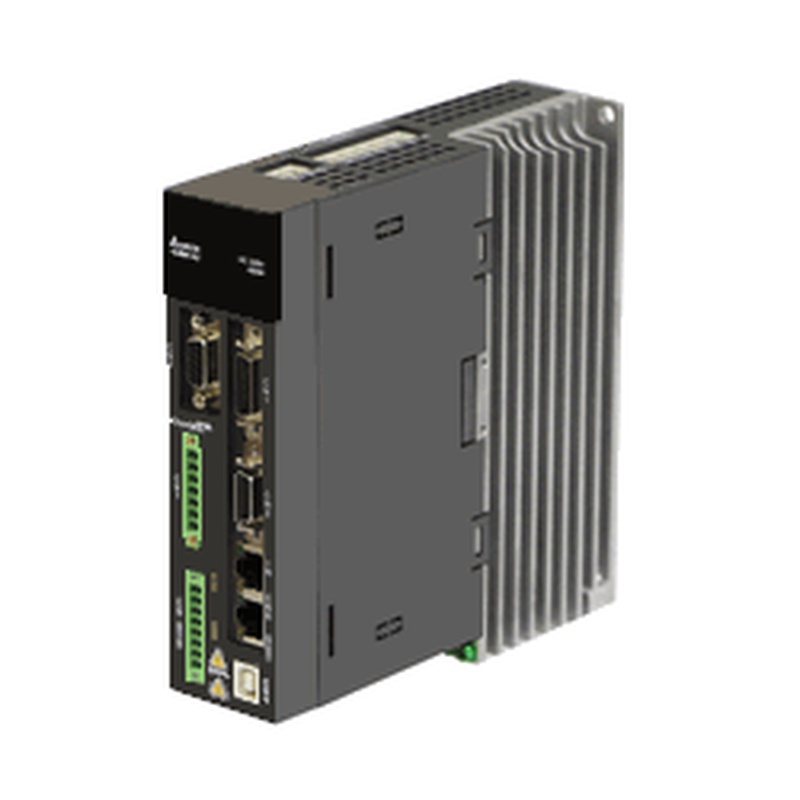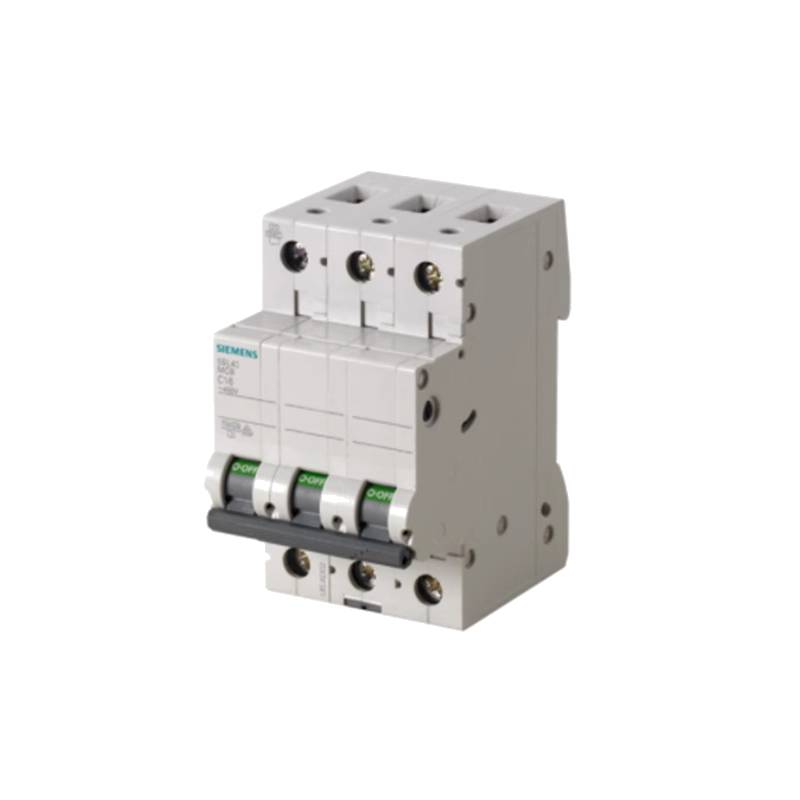
The SIMPHOENIX DL100-2S0030 is a powerful 3kW high torque single-phase output Variable Frequency Drive (VFD) designed to precisely control the speed and torque of industrial motors. This VFD excels in applications demanding robust performance and reliable operation, offering features like advanced control algorithms, a compact design for easy integration, and comprehensive protection mechanisms. Key technical parameters include an input voltage range of 220V-240V, an output voltage of 220V-240V, and a rated current of 16A. Its output frequency can range from 0 to 3000Hz, providing exceptional flexibility for diverse motor speed requirements.
Product Specifications
| Parameter | Value |
| :-------------------- | :--------------------------------------- |
| Model | SIMPHOENIX DL100-2S0030 |
| Input Voltage | 220-240V |
| Output Voltage | 220-240V |
| Rated Power | 3kW (4 HP) |
| Rated Current | 16A |
| Output Frequency | 0-3000Hz |
| Control Method | V/f Control, Vector Control |
| Protection Features | Overload, Overvoltage, Undervoltage, Short Circuit, Overheat |
| Dimensions (H x W x D) | 200mm x 130mm x 160mm |
| Mounting Type | Wall-mounted |
| Operating Temperature | -10°C to +40°C |
| Communication | RS485 (Optional) |
Core Features & Market Positioning
The SIMPHOENIX DL100-2S0030 distinguishes itself through its high torque output capability, making it ideal for applications that require significant starting torque and sustained power, such as heavy-duty conveyors, pumps, and machine tools. Its advanced control modes, including both V/f control for general-purpose applications and sensorless vector control for more demanding torque-intensive tasks, offer superior motor performance and energy efficiency. The VFD's robust design and comprehensive protection functions ensure operational reliability and extend the lifespan of connected equipment. Positioned as a high-performance, cost-effective solution, it competes effectively in markets requiring precise motor speed and torque management without the complexity of higher-end drives.
Key Application Scenarios
This high torque VFD is exceptionally suited for various industrial applications where precise motor control is paramount. It finds extensive use in driving pumps for water supply and drainage systems, ensuring consistent flow rates and energy savings. In the manufacturing sector, it is applied to conveyor belts, mixers, and extruders, providing the necessary starting torque and speed regulation for material handling and processing. Furthermore, its suitability extends to HVAC systems for fan control, textile machinery, and machine tool applications that require accurate speed adjustments and load handling.
Practical System Integration Guidance
Integrating the SIMPHOENIX DL100-2S0030 into existing systems is straightforward, thanks to its user-friendly interface and clear wiring terminals. For optimal performance, ensure the input power supply is stable and within the specified 220-240V range. Motor wiring should follow standard three-phase motor connection procedures, connecting the VFD's output terminals (U, V, W) to the motor windings. Grounding the VFD and motor is critical for safety and to prevent electrical noise interference. Basic parameter setup involves configuring the motor's rated current, voltage, and frequency, along with acceleration and deceleration times, to match the driven load. Advanced settings for sensorless vector control can be tuned for enhanced torque response, typically by adjusting parameters related to motor flux and slip compensation.
Operation and Risk Mitigation
Safe operation of the SIMPHOENIX DL100-2S0030 requires adherence to the installation and operating manual. Always ensure the VFD is properly grounded and that all power sources are disconnected before performing any wiring or maintenance. Monitor the VFD's display for fault codes, which provide immediate diagnostics for potential issues. Common faults include overload (OL), overvoltage (OV), undervoltage (UV), and short circuit (SC). Addressing an OL fault typically involves reducing the load on the motor or increasing the VFD's overload capacity setting if appropriate for the application. OV or UV faults may indicate issues with the input power supply stability. Regular inspection of wiring connections and ventilation pathways helps prevent overheating and ensures consistent performance.
Scalability & Long-Term Value
The SIMPHOENIX DL100-2S0030 offers a degree of scalability through its compatibility with various motor types and its potential for integration into larger control systems. Optional communication modules, such as RS485, enable seamless integration with PLCs and SCADA systems, facilitating remote monitoring and control in industrial automation environments. This allows for the creation of networked drive solutions and contributes to the development of smart manufacturing or IIoT (Industrial Internet of Things) initiatives. The VFD's robust construction and advanced features ensure a long service life, providing excellent long-term value by enhancing operational efficiency and reducing maintenance costs for connected machinery.
Frequently Asked Questions
1. What is the maximum motor size for the SIMPHOENIX DL100-2S0030?
This VFD supports a 3kW (4 HP) motor, suitable for applications requiring significant power.
It is rated for a maximum output current of 16A, which dictates the motor's continuous running capacity.
Always consult the motor's nameplate and VFD manual to confirm compatibility and operational limits.
2. Can this VFD be used for a single-phase motor?
No, the DL100-2S0030 is designed for three-phase motors.
It accepts single-phase input power (220-240V) but outputs three-phase power to the motor.
Using it with a standard single-phase motor will result in damage and incorrect operation.
3. What are the advantages of using a VFD for pump control?
VFDs allow for precise speed control, optimizing pump performance for varying demands.
This leads to significant energy savings by avoiding constant on/off cycling and throttling.
They also reduce mechanical stress on the pump and motor, extending equipment life.
4. How do I set the VFD for sensorless vector control?
You need to input precise motor parameters like rated power, voltage, current, and frequency.
Adjustments to acceleration/deceleration times and carrier frequency are also crucial.
Refer to the SIMPHOENIX DL100-2S0030 manual for a detailed step-by-step guide.
5. What causes the "Overload" fault on the SIMPHOENIX DL100-2S0030?
This fault typically occurs when the motor draws more current than the VFD is set to allow.
It can be due to exceeding the VFD's rated capacity, or a mechanical issue with the driven load.
Check the load, motor condition, and VFD overload parameters for resolution.
6. Is the SIMPHOENIX DL100-2S0030 suitable for high-speed applications?
Yes, its output frequency can reach up to 3000Hz, enabling high-speed motor operation.
This makes it ideal for applications like grinding machines or high-speed spindles.
However, ensure the motor itself is rated for the desired high speeds and consider cooling needs.
7. How can I connect the VFD to a PLC?
You will typically use the optional RS485 communication port and a compatible protocol like Modbus RTU.
The PLC sends commands (start/stop, speed setpoint) and receives status information from the VFD.
Consult both the VFD and PLC manuals for specific wiring and configuration details.
8. What is the warranty period for this VFD?
Warranty information can vary based on the distributor and region.
Typically, industrial VFDs come with a standard manufacturer's warranty of 12-24 months.
It is best to check with your specific supplier for exact warranty terms and conditions.
9. How important is proper ventilation for the VFD?
Adequate ventilation is critical to prevent overheating and ensure optimal performance.
The VFD generates heat during operation, and heat dissipation is key to its longevity.
Ensure free airflow around the unit and avoid dusty or excessively hot environments.
10. Can I use this VFD with a motor that has a lower power rating?
Yes, using a VFD with a lower-rated motor is generally acceptable and safe.
The VFD's current rating should be equal to or greater than the motor's rated current.
This configuration will not harm the motor and allows for precise speed control.

























